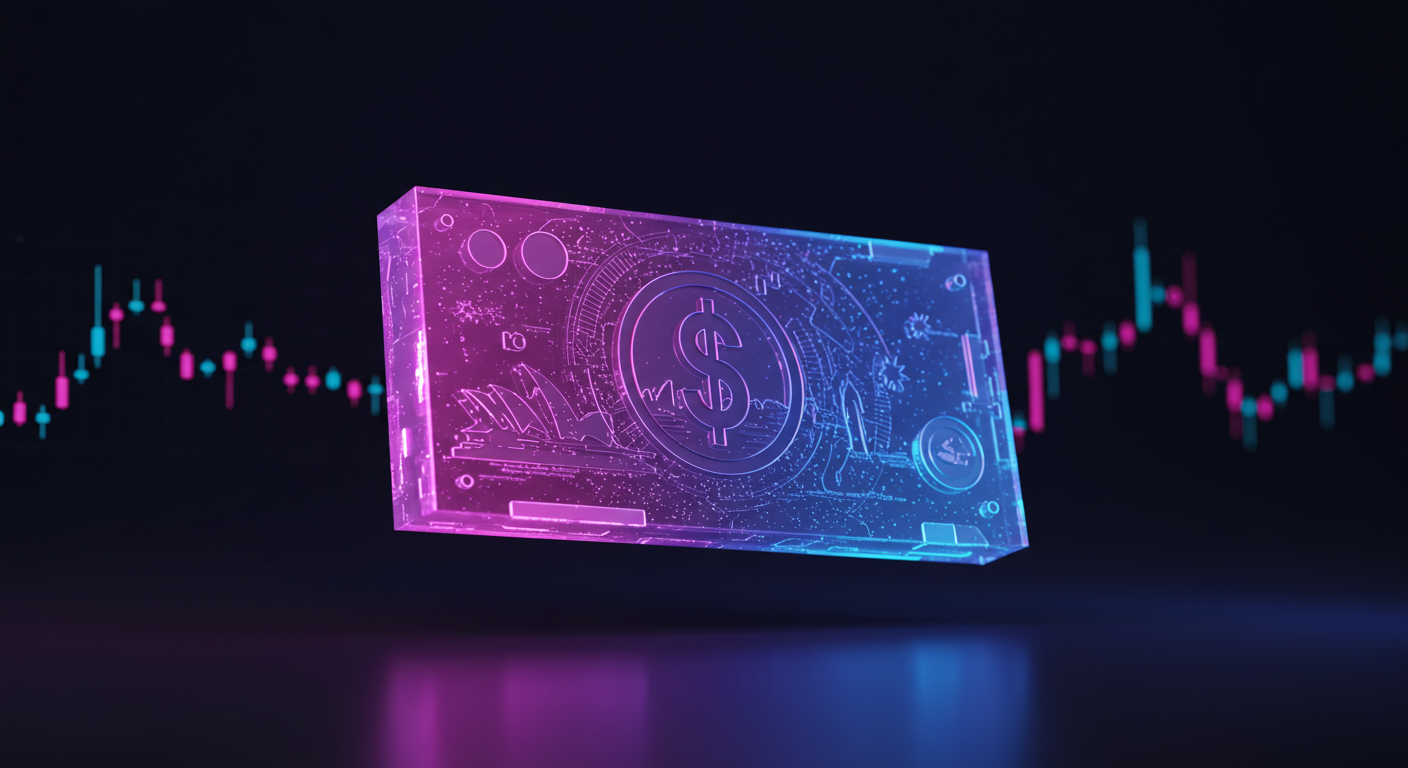
The Michigan Consumer Expectations Index in the United States was recorded at 46.5, falling short of the anticipated 48 in May. This data release reflects a decrease in consumer outlook compared to expectations.
Concurrently, the US Dollar strengthened as US consumer inflation expectations rose, according to the University of Michigan survey. This bolstered the dollar against other currencies, such as driving the GBP/USD currency pair down to 1.3250.
Gold Market Performance
The gold market saw a downturn, dropping below the $3,200 mark following a bullish run the previous day. The decline was influenced by a strengthening US Dollar and the easing of geopolitical tensions.
In the cryptocurrency sphere, Ethereum’s price surged above $2,500, signifying a rebound index of nearly 100% since April. The ETH Pectra upgrade has led to over 11,000 authorisations in a week, indicating rising engagement by wallets and decentralised applications.
Furthermore, recent engagements during President Trump’s May 2025 trip to the Middle East have resulted in large-scale agreements. These moves are designed to strengthen US trade relationships and support America’s influence in defence and technology sectors.
Indicators and Market Strategies
These latest figures from Michigan highlight a noticeable dip in consumer sentiment, particularly regarding future financial situations, job prospects, and general economic conditions. Rather than brushing this off as a seasonal low or a statistical blip, the undershoot of expectations serves as a reflection of growing caution at the household level, perhaps influenced by tightening credit conditions or lingering inflation. For those of us analysing the derivative contracts linked to retail indexes or sentiment-based instruments, this provides a context worth factoring more precisely into short-term positioning.
At the same time, inflation expectations recorded by the same survey point toward a shift in where consumers think prices are heading. Inflation anticipation ticked upwards to 3.3%, suggesting that households still view price pressures as somewhat persistent. What followed was a firming in the US Dollar, as markets re-calibrated interest rate outlooks. The greenback’s gains weren’t modest either—its strength forced the British pound down by nearly 200 basis points. Exchange rate derivatives linked to GBP/USD are now adjusting rapidly, with implied volatility climbing on shorter timeframes. We’re seeing renewed hedging of dollar-denominated assets, and some movement back into safe haven positions which had earlier seen outflows.
In turn, the gold correction wasn’t unexpected. A firm dollar often dampens metals demand, but paired with a marked reduction in military risk abroad, gold’s narrative shifted in a matter of hours. The psychological level of $3,200 was ultimately breached as bids dried up. Traders looking at metals contracts closer to expiration are likely reassessing risk-reward scenarios, especially as haven demand seems to be idling rather than accelerating. Call options appear less attractive when upside momentum is stripped away by currency firmness and macro calm.
On the digital front, Ethereum’s recent performance continues to break norms. A recovery of this magnitude—doubling in less than three months—demands closer inspection across DeFi derivatives and smart contract indexing strategies. Fuelled by an active response from decentralised apps and more than 11,000 permissions processed since the Pectra upgrade rollout, it’s become increasingly hard to ignore Ethereum’s structural support. Popular strategies like straddle positions have begun pricing in wider tails, reflecting the heightened possibility of further jumps or, conversely, a sharp retrace if momentum fails to hold post-upgrade.
As for the geopolitical backdrop, the Middle East visit by Trump has led to several output-heavy agreements. Though broader in scope, these arrangements directly bolster defence manufacturing flows and technological export frameworks. These sectors are of interest to traders watching US industrial and defence-linked derivatives where price action often reacts strongly to international policy changes. Weeks ahead hold more data and forward guidance, but with newly embedded supply contracts in place, appetite in related indices may continue repositioning favourably, especially when linked to bond yields and equity futures in aerospace or cybertech.
This all creates a web of reactions that pushes us toward clearer allocation shifts. The signals are there. Currency pairs, commodities, and tech-related crypto assets are branching out along distinctly new volatility tracks. That’s not something we can delay acting on.







